January 11, 2018
Oak Wilt, Fruit Tree Prune, Food & Flower Fun
Already, January’s been as fickle as a cat. Between Texas-style nips, spurts of sunlight warmed up a few crispy plants, like Barbados cherry. It desperately needed cutting back anyway, a chore for March. In this little cove, it’s business as usual for Jerusalem sage and roses along with wildflowers, bulbs, and pink skullcap.
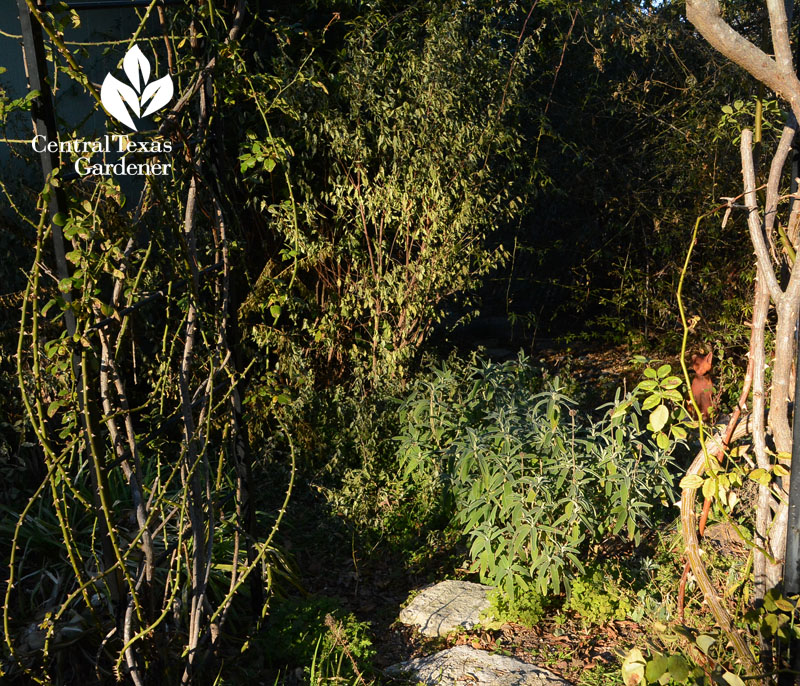
‘Country Girl’ mum is bound and determined to keep a few insects fed.

Indoors, Amaryllis ‘Lagoon’ is in its prime.
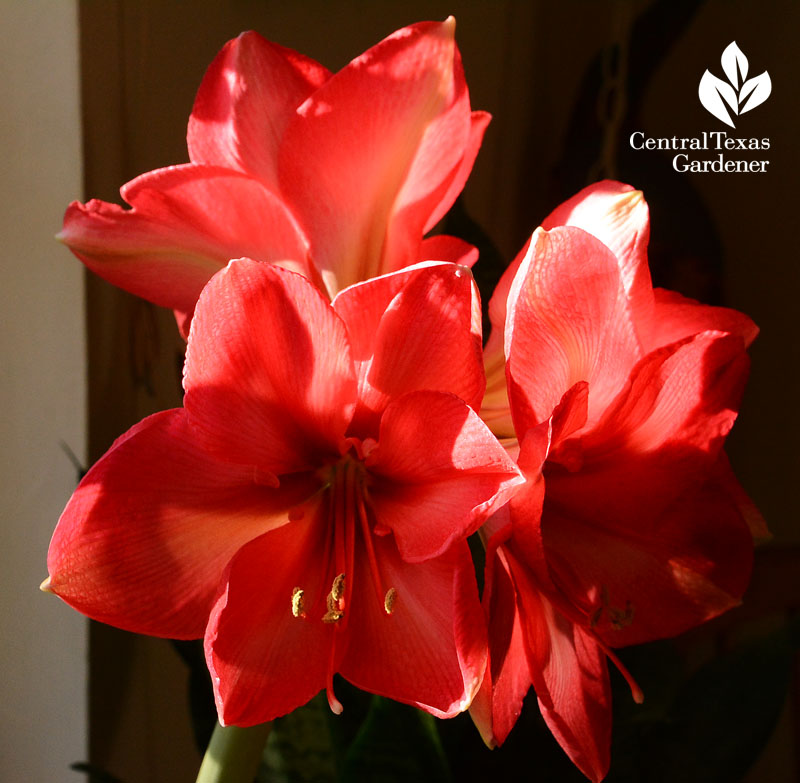
A treat from White Flower Farm, I accidentally knocked off one bloom—almost as big as my hand—while closing the open window one balmy evening. All was not lost; in fact, it’s quite a bonus on my kitchen window ledge.
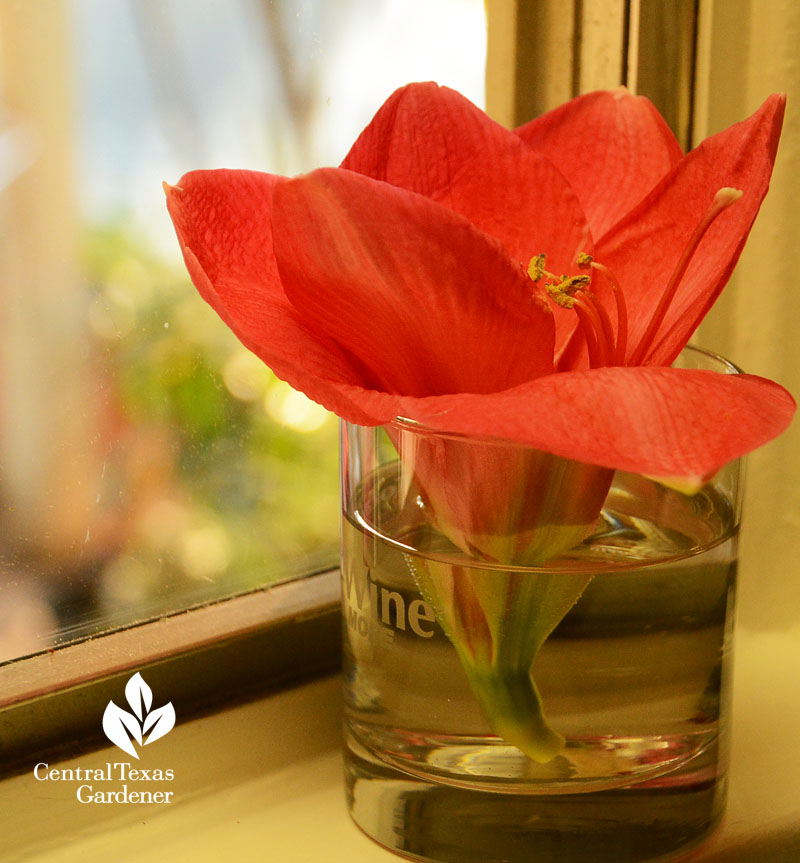
Native and adapted shade trees don’t care about our dips into the 20s. What WILL kill them is mounding soil or mulch against the base of the trunk.
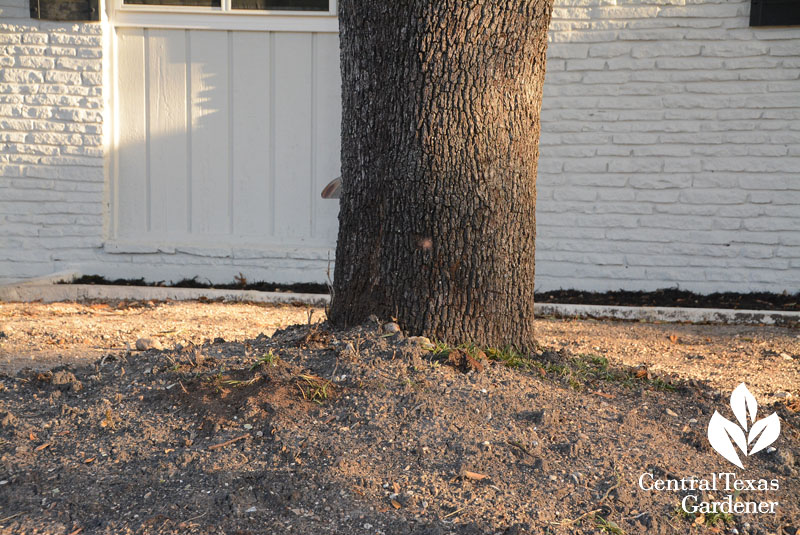
Questions about trees ruled my 2017 inbox. When should you fertilize trees, how do animals kill trees, and when can we prune oak trees susceptible to oak wilt?
Mark Mann, ISA Certified Arborist with The Davey Tree Expert Company, puts us in the know. Plus, get a heads up on the latest threat to crape myrtles moving our way.

So, what about these fuzzy growths on live oak trees? Veronica Junghans sent in this great picture of Cynipid wasp galls (and other galls) on her tree.
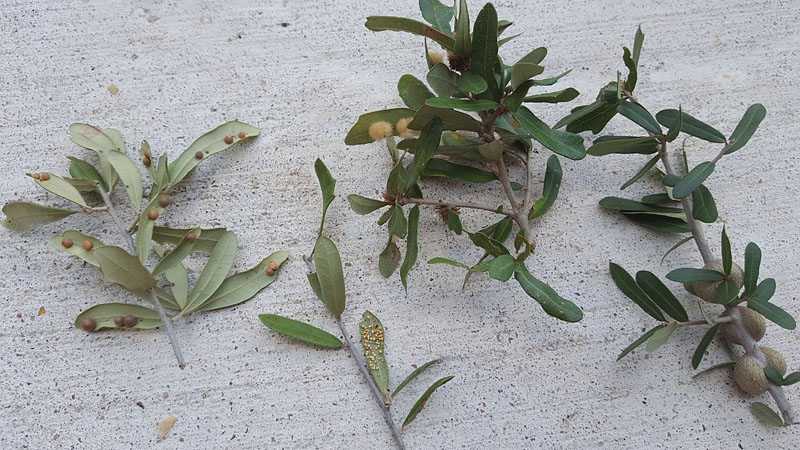
Daphne explains the Cynipid wasp life cycle and why these galls are not a danger.
Now, here’s another incredible natural design! When Chris and Sharan Happel pruned their chinkapin oak, look what they found!
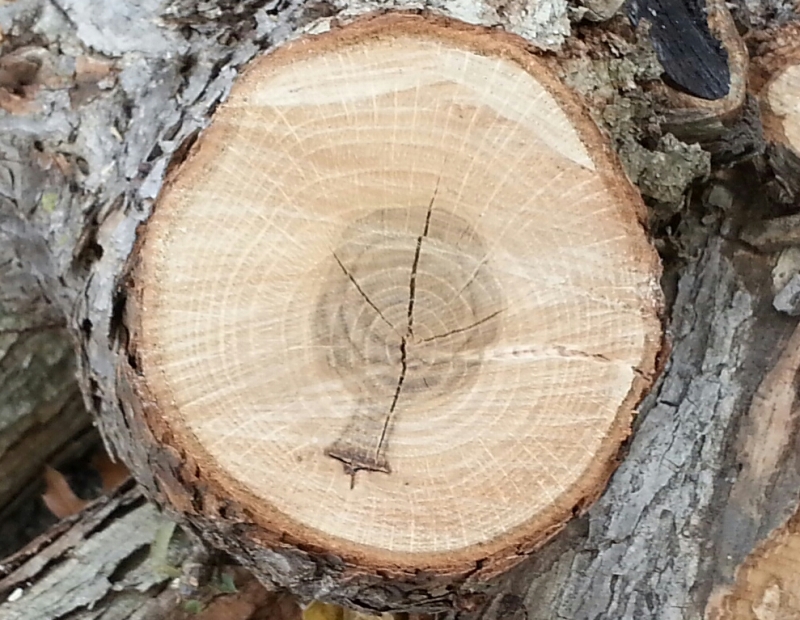
Zach Halfin, tree advocate, demonstrates fruit tree pruning at a Yard to Market Co-op workshop. This local organization empowers small scale growers with marketing, sales, and distribution of their sustainable crops.
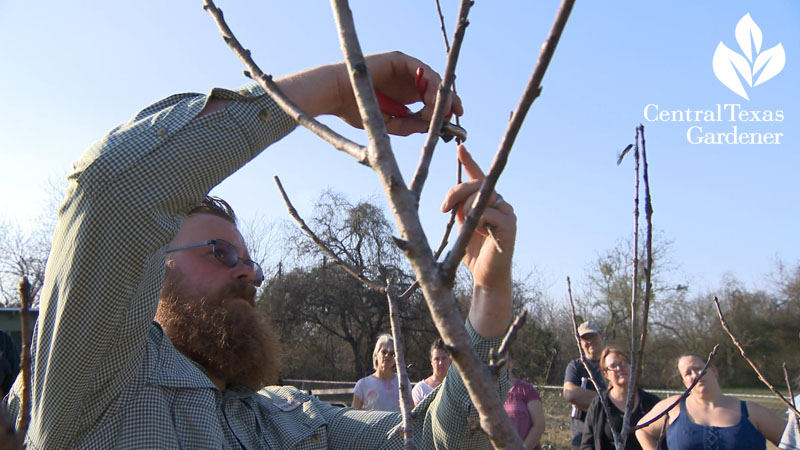
If things got too hectic last fall to sow golden California poppy seeds in your wildflower sunny beds, you should be able to pick up transplants, at least in a few weeks.
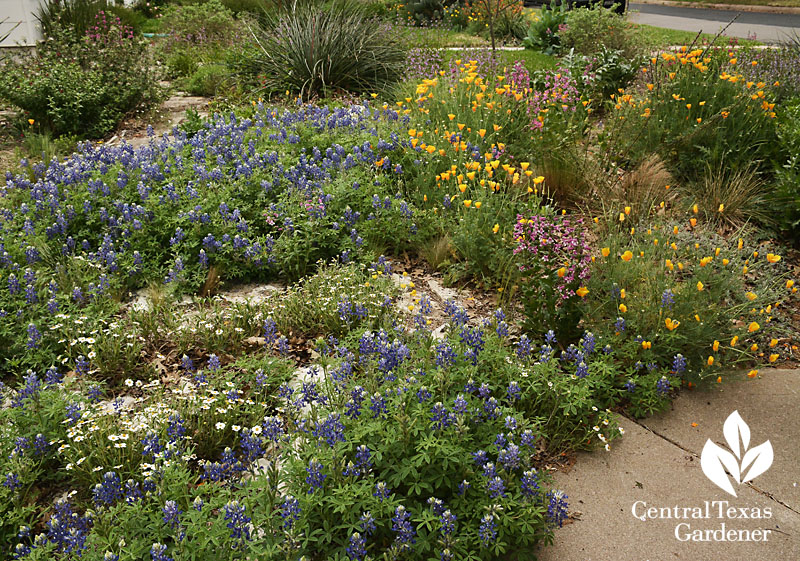
They’ll pop in color and please the bees while we’re whacking back dormant perennials. Plus, you’ll get lots of seeds to plant next fall.
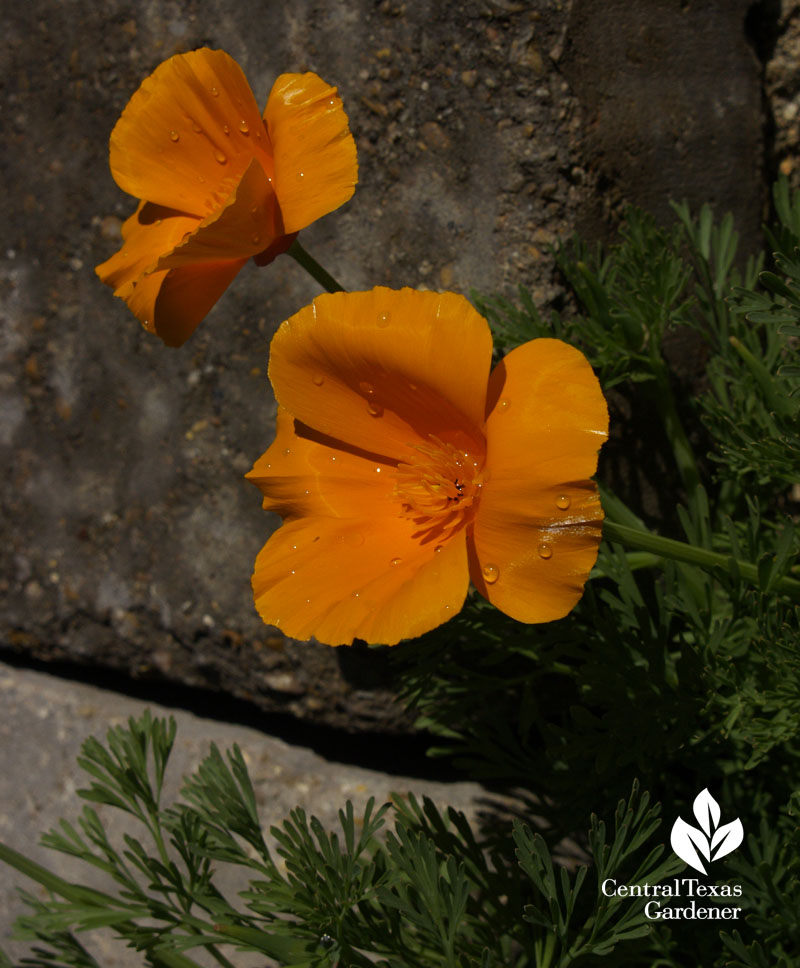
I’ve never had luck with them, though, and Daphne explains why. This Western U.S. native needs shallow, even rocky soils.
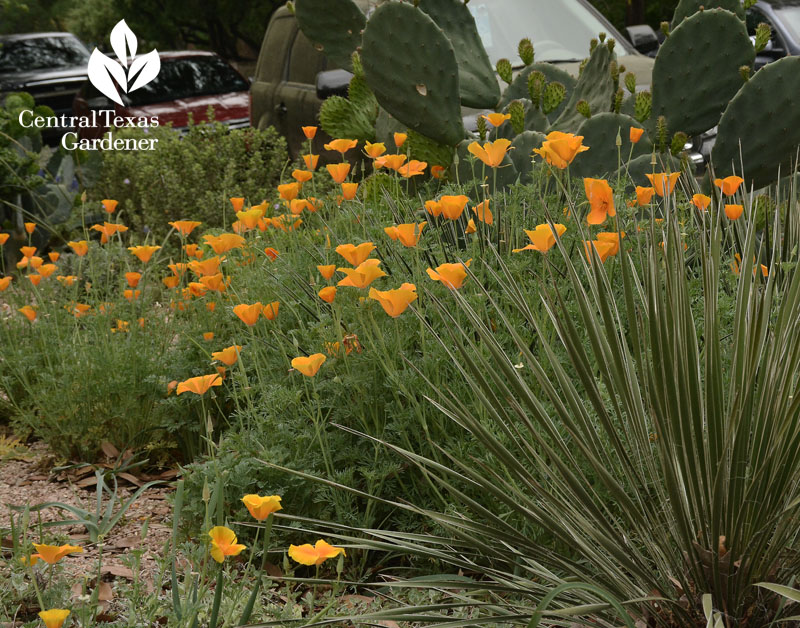
If you’re on heavy soil as I am, build up some well-drained berms, or tuck them into your containers.
Warm up your winter with the heartwarming Bernsen family in La Grange who cultivate joy and lots of fun along with organic food.
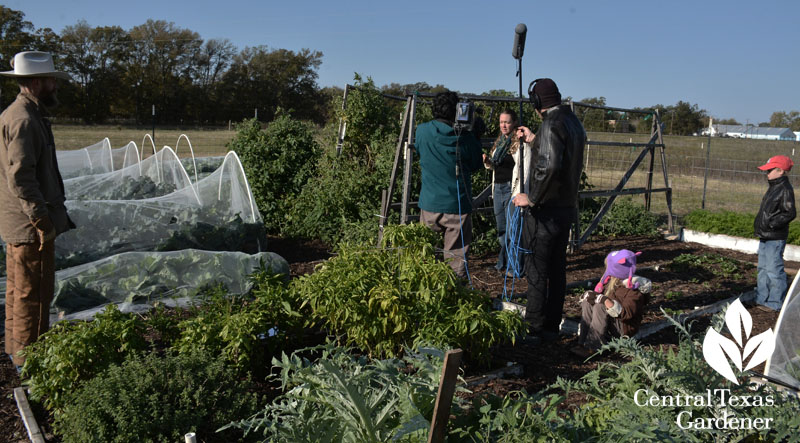
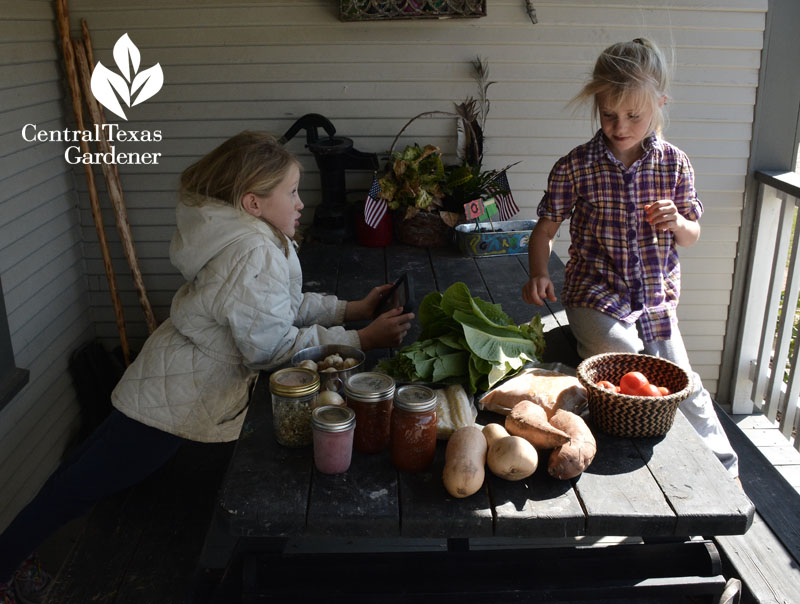

Need a few tips? The Bernsen kid clan is ready to help.
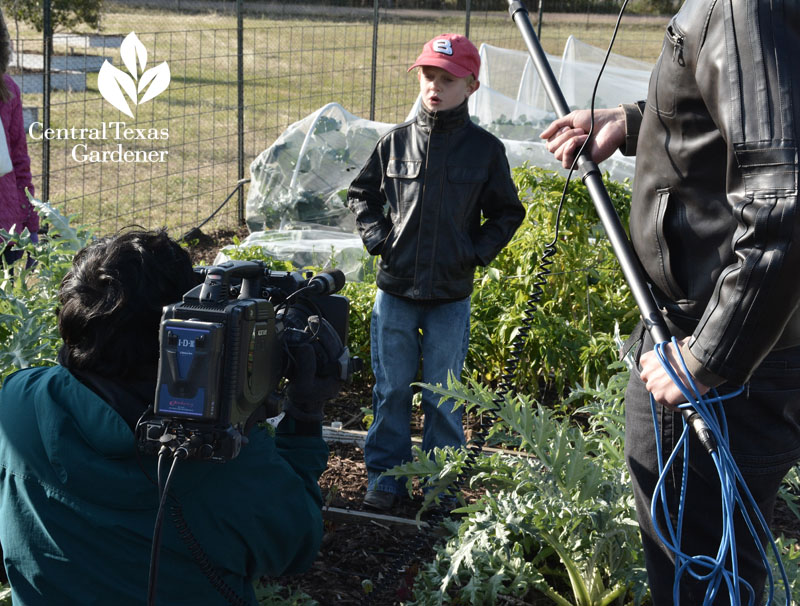
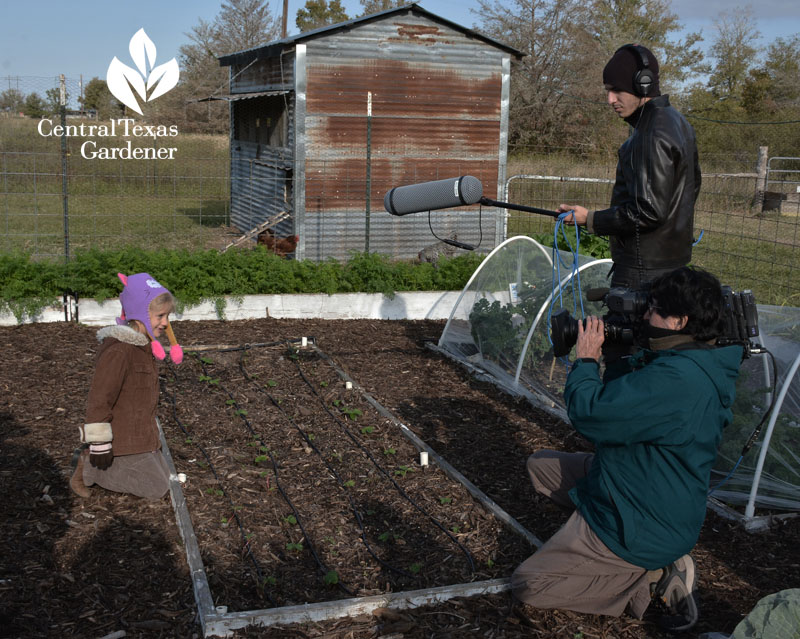
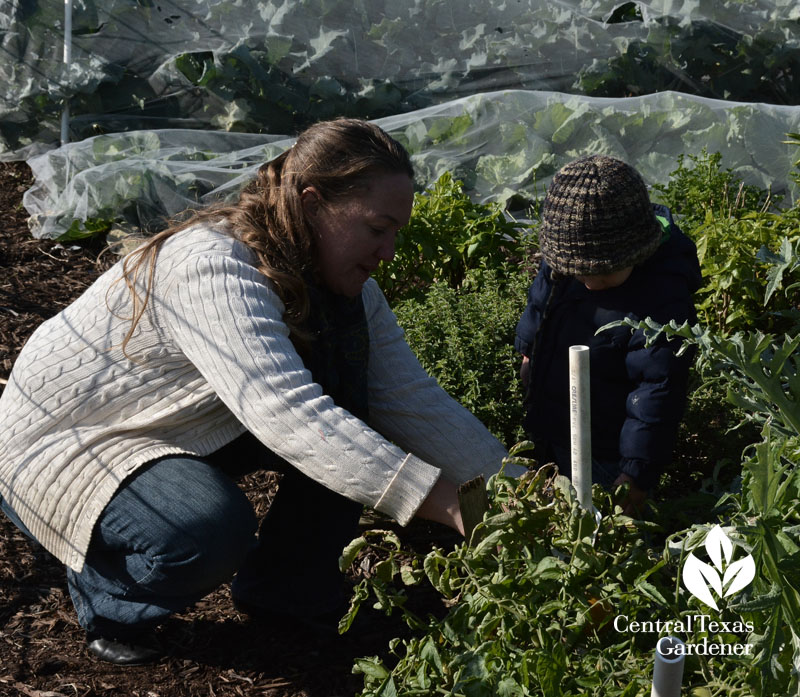
Along with tending their own garden beds, each child claims a recycled container to paint and plant. Personal taste and expression, yes!
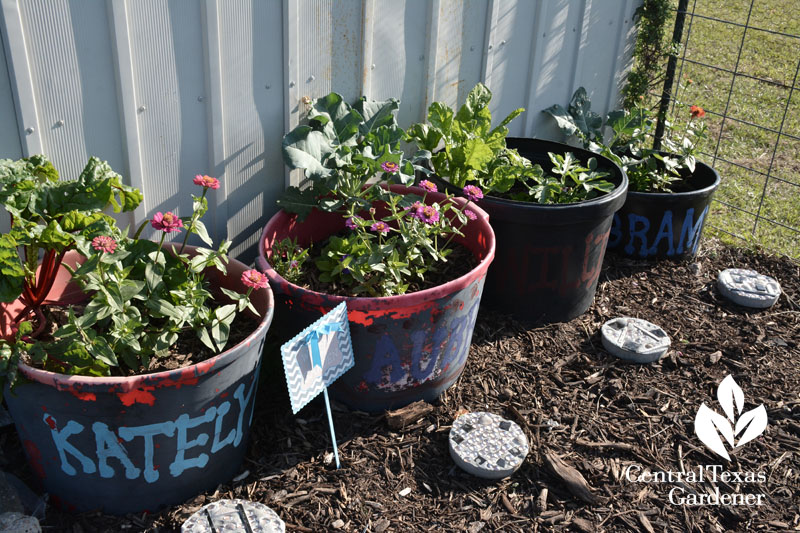
To maximize production, homemade trellises keep busy all year long where winter’s climbers will replace summer’s intense tomato and squash production.
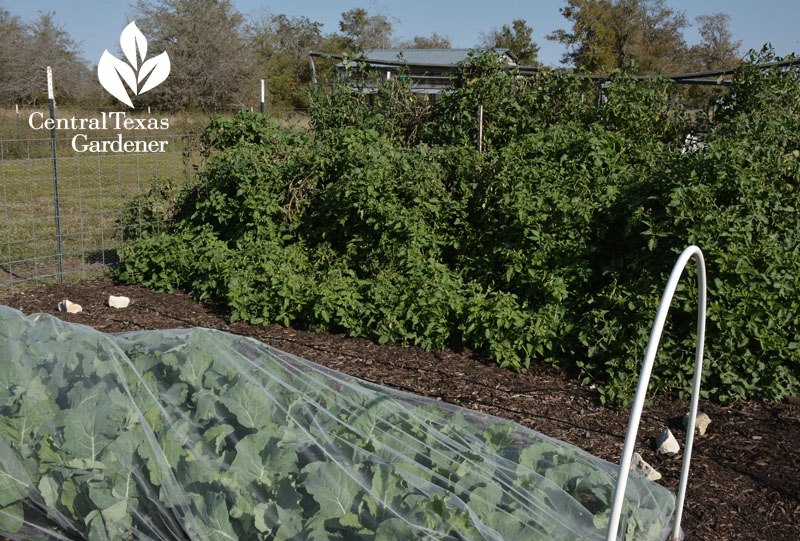
Usually, inexpensive wedding tulle works fine for them in winter and helps protect against chomping insects.
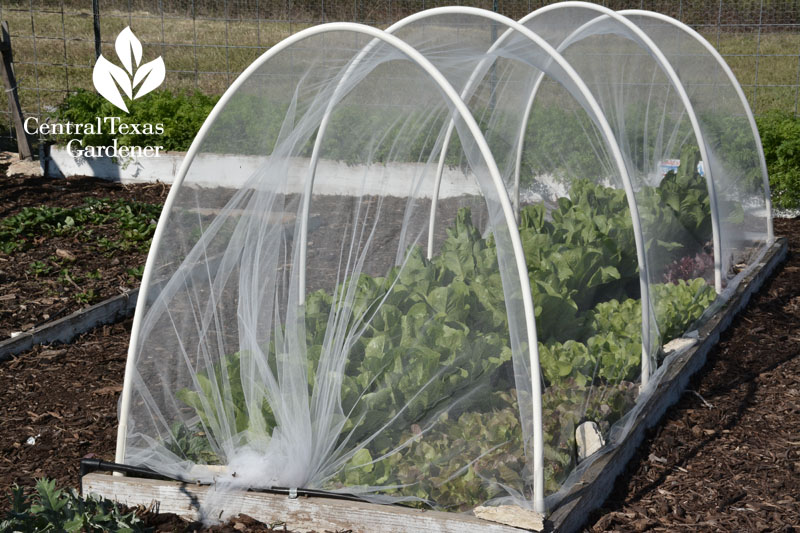
Watch now for all their tips!
And thanks for stopping by! See you next week, Linda
tags:

